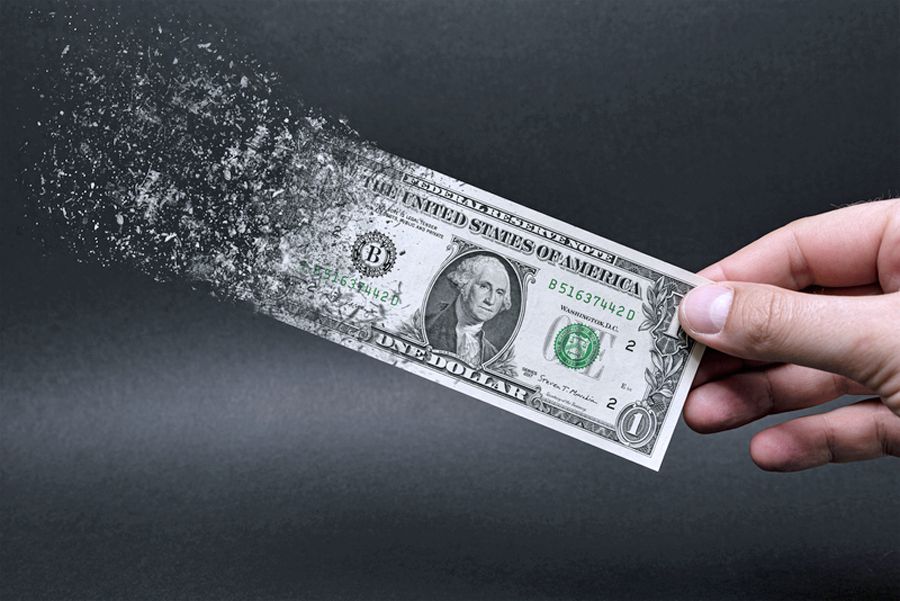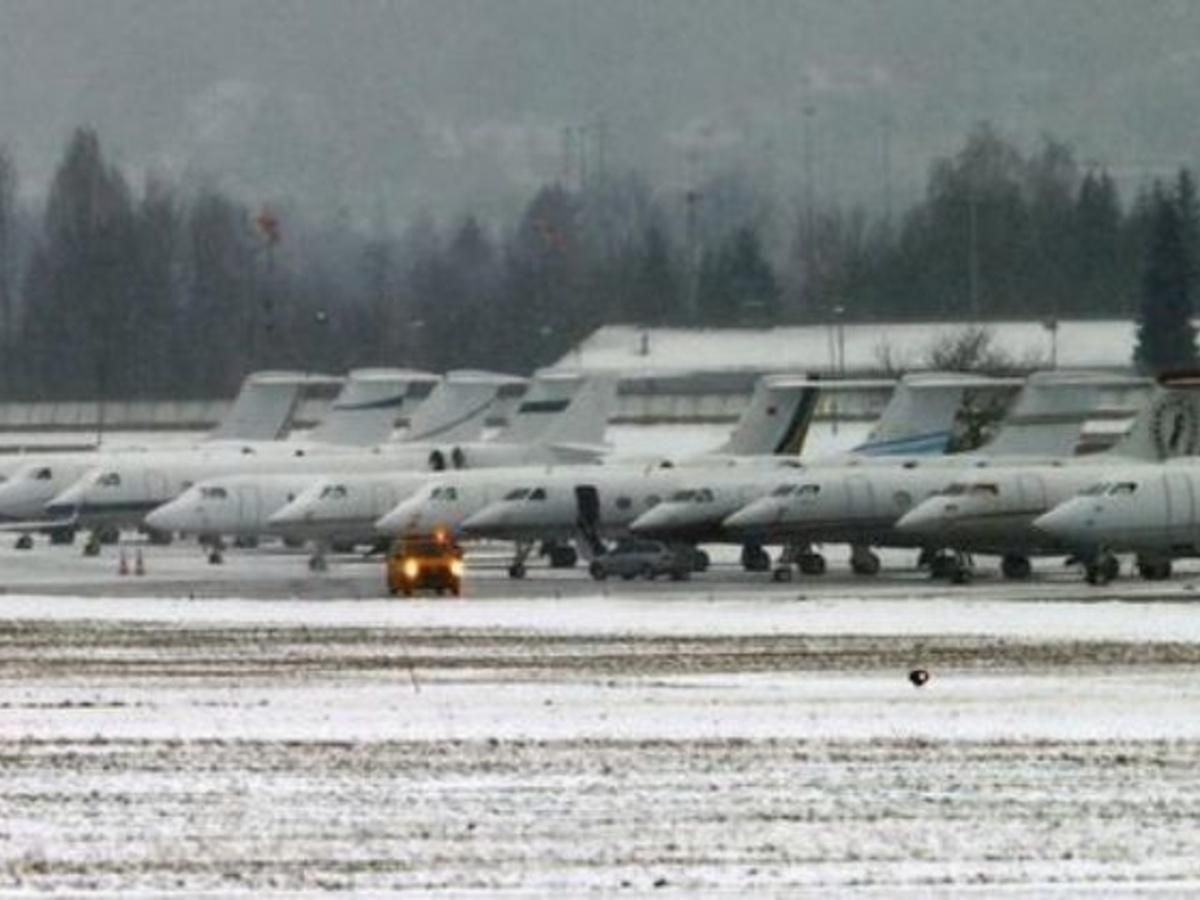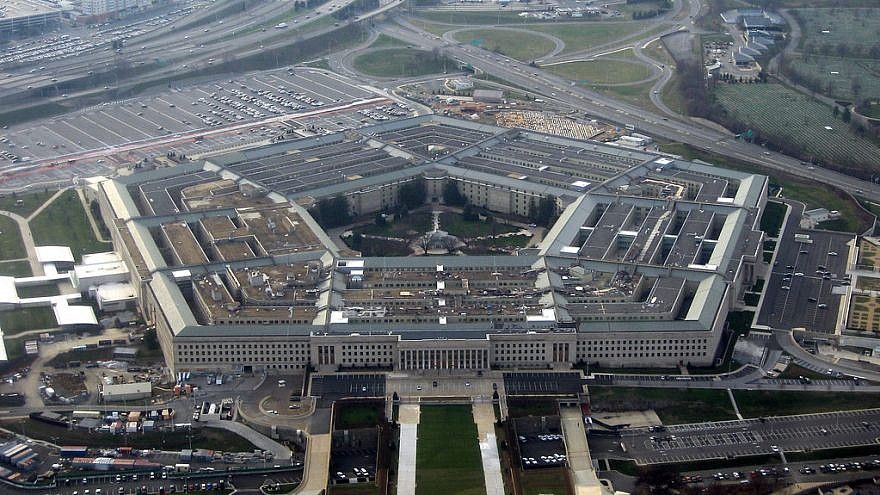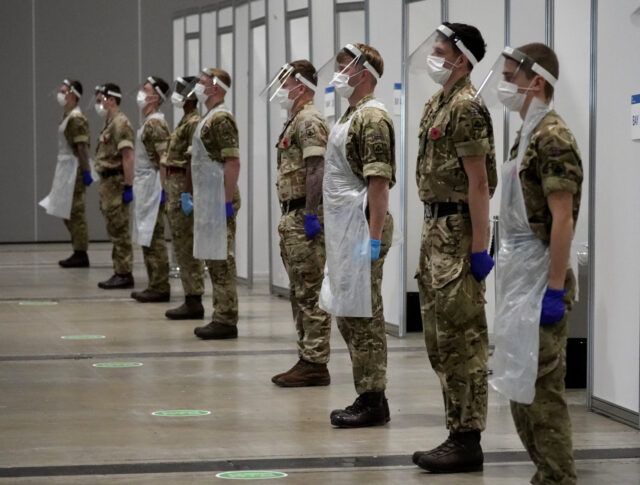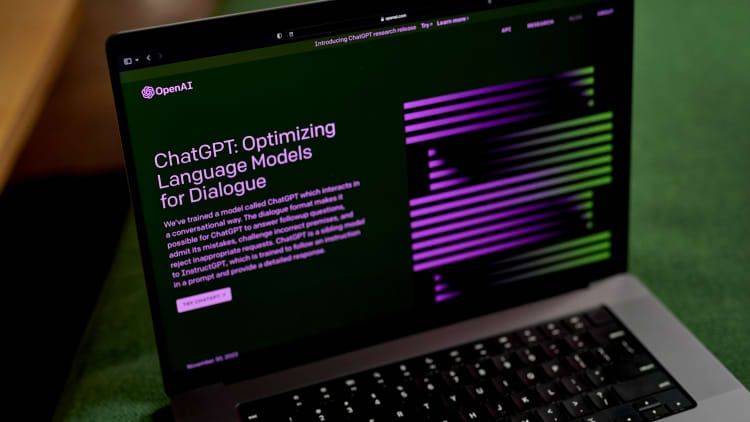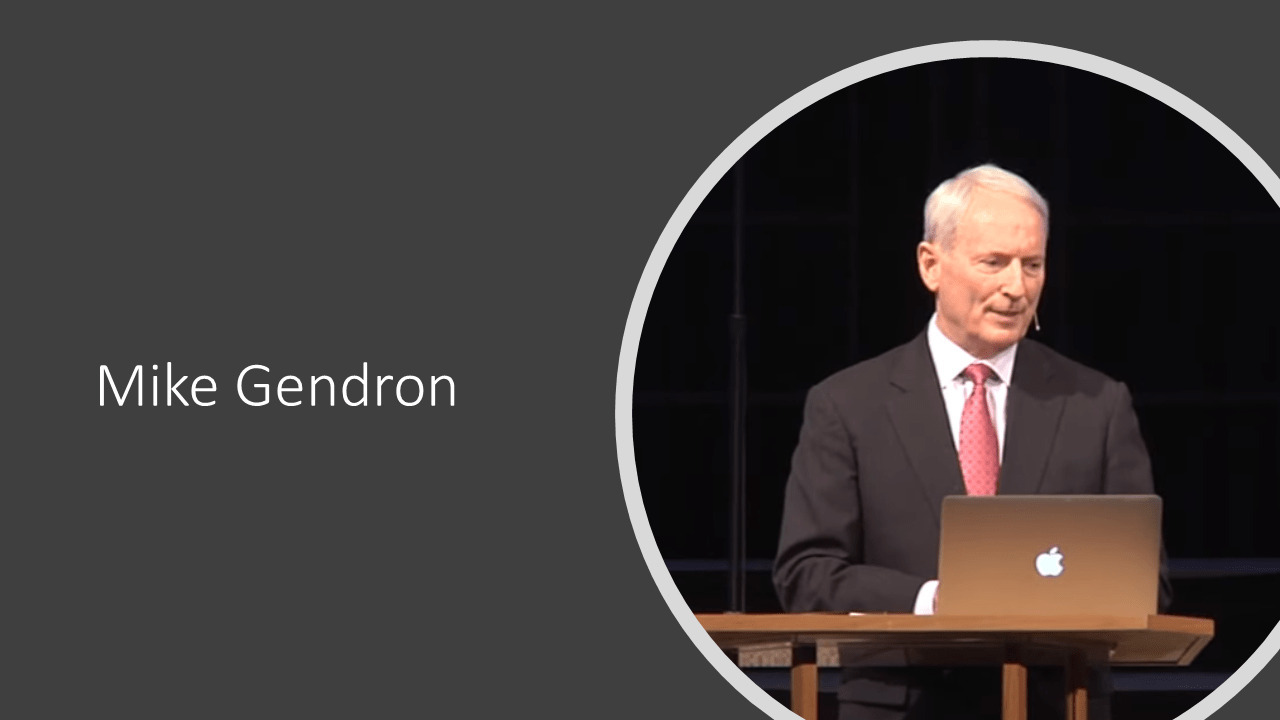Author: Author1
UK GOV. is trying to railroad the Public into a Digital ID System
The UK Government has opened a consultation “to support” digital identification and the sharing of personal data. They are not consulting whether the public agrees with their sinister plan. Neither does the Government’s “consultation” encourage public debate on the matter. They are surveying the public in such a way as to garner support.
The list of government departments that would share your data under this proposed plan is extensive and, be warned, not exhaustive – the organisations that will have access to your data, and ultimately control over your life, will grow. Alarmingly your data will also be shared with unknown private organisations which provide services to a public authority.
“He causes all, both small and great, rich and poor, free and slave,to receive a mark on their right hand or on their foreheads” Rev. 13:16
The consultation is open until 1 March 2023. Don’t buy into their rigged survey, but instead email the Government’s Data Sharing Legislation Team at dea-data-sharing@digital.cabinet-office.gov.uk and say “NO.”
History of Britain’s Fight Against IDs
On 21 February 1952, Winston Churchill’s government scrapped ID cards. Why? In his words, to “set the people free.”
In 1950, Harry Willcock, a 54-year-old London dry cleaner, was stopped by a policeman who demanded to see his ID. He refused, telling him simply, “I am against this sort of thing.”
Mr Willcock was prosecuted and the case reached the High Court in 1951. In the judgment, Lord Chief Justice Goddard said the 1939 Act was “never passed for the purposes for which it is now apparently being used” and that using the law in this way “tends to turn law-abiding subjects into lawbreakers (…) such action tends to make the people resentful of the acts of the police.”
These words have an eerie relevance to us today. Every word could be applied to the use of the Public Health Act 1984, under which anything from visiting our families to political leafleting is currently deemed a criminal act. History teaches us that emergency measures tend to extend in duration and purpose, often to the disadvantage of citizens.
The UK rejected ID cards again after, in the wake of 9/11, then Prime Minister Tony Blair told us we couldn’t possibly fight terrorism without them.
Government proposals for ID cards have been periodically revived. During the covid era, the government has tried to re-introduce IDs in various forms, for example, vaccine passports and track and trace apps. The Government has also been quietly developing a “digital identity framework” so that, for example, we can use facial recognition apps connected to government-approved identity systems. There is also the “Electoral Integrity Bill” to require voter ID. It is only a matter of time before all these ID demands converge into a national ID system – that makes Mr Willcock’s fight against his paper ID card look quaint.
We now are faced with the latest move to impose IDs onto us. On 4 January 2023, the Government opened a public consultation on “draft legislation to support identity verification.” There are 12 questions in the survey. Not one of those questions asks whether the Government’s scheme should be implemented. The survey makes out it is a fait accompli. They are not consulting the public; they are attempting to herd us in the direction they want us to go.
As Rich Vobes said: “EMAIL SHOULD BE THE WAY WE RESPOND. We are being hoodwinked into answering the questionnaire and we should not, we should just send an email with a simple, NO to the whole idea. Please send your response by 1 March 2023 to The Data Sharing Legislation Team at dea-data-sharing@digital.cabinet-office.gov.uk.”
The fight against ID cards is about more than just databases – it’s about protecting the presumption of innocence and liberty, which is the basis of a free society. It’s about empowering citizens against overbearing authorities. We are more than just a number, and registration code, or worse, a vaccine risk score.
The UK should be showing courage and leadership to build a freer future – to “set the people free.” Instead, with the various forms of IDs they have been and are trying to implement, the Government is offering us a future of more controls, not more freedom.
The Expose HERE
To our readers …
Author will be on the Prophecy Today radio broadcast tomorrow Saturday, February 4, 2022. He will be reporting on the China/Saudi attack on the US petrodollar …
The link to the broadcast will be posted on our site tomorrow at approx. 12 noon
Editor
Forbes tries to discredit Project Veritas but FAILS miserably
You Think the Global Economy Is Brightening? Beware: The Big Hit Is Yet to Come
Relief is spreading among economic analysts and stock market experts. Energy prices are decreasing noticeably. The energy supply this winter seems secure; in Europe, government support for consumers and producers is available if needed. China is turning away from its zero-covid policy, and production is ramping up again. High goods price inflation is still a major concern for consumers and producers, but central banks are delivering at least some interest rate hikes to hopefully reduce currency devaluation. So should we bid farewell to crisis and recession worries? Unfortunately, no.
Because there is an overall economic development that is tantamount to a storm but remains unnamed by many experts and investors. And that is the global contraction of the real money supply. What does that mean? The real money supply represents the actual purchasing power of money. For example: You have ten dollars, and one apple costs one dollar. So with your ten dollars, you can buy ten apples. If the apple price increases to, say, two dollars per piece, the purchasing power of the ten dollars falls to five apples. It becomes obvious that the real money supply is determined by the interplay between the nominal money supply and the prices of goods.
The real money supply in an economy can decrease when the nominal money supply goes down or goods prices rise. This is exactly what is currently happening around the world. The chart below shows the annual growth rate of the real money supply in the Organization for Economic Cooperation and Development (OECD) from 1981 to October 2022. The real money supply recently contracted by 7.3 percent year on year. There has never been anything like this before. What is the reason?
“When He opened the third seal, I heard the third living creature say, “Come and see.” So I looked, and behold, a black horse, and he who sat on it had a pair of scales in his hand. And I heard a voice in the midst of the four living creatures saying, “A quart of wheat for a denarius, and three quarts of barley for a denarius; and do not harm the oil and the wine.” Revelation 6;5-6

The enormous rise in goods prices, i.e., the high inflation, is a consequence of central banks’ monetary policy. In the course of the politically dictated lockdowns, central banks have increased the money supply enormously. For example, the US Federal Reserve has expanded the M2 money stock by around 40 percent since the end of 2019, and the European Central Bank has increased the M3 money supply by 25 percent. As the growth in the supply of goods has not kept pace, a huge money supply overhang has emerged, which is now met with cost-push effects—such as the consequences of green policies, lockdowns, and the Ukraine war—unleashed in sky-high goods price inflation.
In the meantime, however, nominal money supply growth has fallen sharply again. In the US, it fell by 1.3 percent year on year in December 2022 and to 4.1 percent in the euro area. The reason: loan demand is declining, commercial banks are granting fewer loans, and consequently, the new money supply generated by bank lending is falling. Furthermore, central banks are no longer buying government bonds, which is one reason why the inflow of new money into the economy is drying up.
It may sound paradoxical, but in economic terms, the current high goods price inflation is reducing the money supply overhang, and along with now significantly reduced money supply growth, downward pressure on future inflation is already increasing.
However, if the real money supply continues to shrink as sharply as it is currently, the signs point to at least an economic slowdown and, more likely, a recession. When the real money supply in the economy shrinks, those holding cash become poorer. They can now no longer purchase the quantities of goods they previously bought and need to adjust their spending: stop buying more expensive goods, or continue buying more expensive goods while forgoing other things. The result is a drop in aggregate demand.
This phenomenon is, by the way, well known in theory as the “real balance effect.” It goes back to the Israeli-American economist Don Patinkin (1922–95). Patinkin wanted to show, among other things, that the national economy can, so to speak, heal itself in crises without the need for government intervention. If, for example, goods prices fall in a recessionary depression, this strengthens the purchasing power of market players if and when the money supply remains unchanged. They can expand their demand for goods, and the economy works its way out of the crisis more or less automatically.
Applied to current conditions, we can see that a rather powerful negative money balance effect is unfolding: The initial increase in the quantity of money results in a rise of the real money supply, which fuels consumption and production. Then, goods price inflation takes off, and, at the same time, monetary expansion slows down. The result is a very sharp decline in the real money stock, which, in turn, leads to lower economic activity, even recession.
The contraction of output and employment, in turn, exerts downward pressure on rising goods prices, establishing a new relation between the outstanding money stock and goods prices in accordance with peoples’ preferences. Once this adjustment has run its course and the nominal money stock remains unchanged, goods price inflation dies out. The economy ends up with a higher level of goods prices when compared with the situation before the nominal money supply had been increased.
So why do central banks want to raise interest rates even further? Monetary authorities fear that doing nothing and waiting in the current regime of sky-high inflation could erode peoples’ trust in unbacked paper currencies. That, in turn, would push up market participants’ inflation expectations—which, incidentally, is already happening—and create an even bigger inflation crisis further down the road. Moreover, central bank councils usually base their monetary policy on current inflation; they typically have little or no regard for the development of the real money supply.
The central banks thus—consciously or unconsciously—trigger a stabilization recession, an economic contraction to break the inflationary wave. At first glance, their plan could most likely work out. Because if the demand for goods drops, companies can only reduce their inventories by cutting prices. The leeway for passing on costs and speculation on future price increases diminishes. Higher wage demands fail to materialize. And most importantly, credit and money supply growth ebb away in a recession, mitigating future inflationary pressure. But at second glance, this is a very explosive approach in the current monetary environment.
A recession will likely put highly indebted economies under severe stress. Many debtors will no longer be able to service their debts. Loan defaults increase. As a result, banks become reluctant to grant new loans and demand repayment of expiring loans. Investor confidence in debt-ridden economies and financial markets is dwindling. The result would be a fulminant credit crisis, at least at the scale of the one in 2008/9. Investors fear that their interest and principal payments will not be made. Credit markets freeze and the unbacked monetary system is headed for collapse.
The economic pain would be enormous, and the political pressure on central banks to lower interest rates again and keep the economy afloat with new credit and more money would be foreseeable. In the hour of need, governments and the public at large will likely see the policy of the least evil in increasing the money supply. Even a sky-high inflation policy becomes acceptable from their point of view to escape a perceived even greater evil. There are quite a few examples of this tragic handling of the unbacked paper money system.
Just think of 2008/9 (the global financial and economic crisis) and 2020/21 (the crisis after the politically dictated lockdowns). To ward off the crises or keep them as small as possible, central banks lowered interest rates and drastically expanded the money supply. The outcome was inflation—asset price inflation from early 2009 or consumer goods price inflation, which reared its ugly head toward the end of 2021. From this perspective, it is not unlikely that history will repeat itself.
If central banks are not stopped from doing what they are doing—causing booms and busts by manipulating market interest rates downward and relentlessly expanding the quantity of money created out of thin air—their actions will eventually lead to a level of inflation well beyond what we have witnessed over the past year and a half. From this perspective, the sharply contracting real money stock in the world economy is—it has to be feared—the harbinger of a new round of super-easy monetary policy and super-high inflation, even hyperinflation, further down the road.
The WEF, World Depopulation, and Bible Prophecy
Pentagon Tracking Chinese Spy Balloon over U.S.
Rashida Tlaib Pays Lip Service to Israeli Terror Victims, ‘Honors’ Palestinian Terrorists
British Military ‘Unable to Protect the UK’ or Allies After Years of Cuts
Britain’s armed forces are no longer able to play a full role in NATO or defend the homeland after years of cutbacks, according to British defence sources, with a senior American general warning London that it has a “barely tier two” force.
Broadcaster Sky News reports multiple British defence sources lamenting Britain’s military decrepitude, with one warning that the “bottom line” is that the armed forces are will be “unable to protect the UK and our allies for a decade” despite extremely heightened tensions with Russia and increasingly tenuous relations with Communist China, particularly in the South China Sea, among other dangers.
Sheba and Dedan and the merchants of Tarshish and all her villages will say to you, “Have you come to plunder? Have you gathered your hordes to loot, to carry off silver and gold, to take away livestock and goods and to seize much plunder?” Ezekiel 38:13
(British army below £500,000 on woke, diversity and inclusion)
Other NATO powers have been blunt with the British government, with a “high-ranking U.S. general” reportedly telling the British defence secretary, that Britain was no longer on the level of tier-one powers like America, China, and Russia, but “barely tier two” — the level of countries like the neutered former Axis powers Germany and Italy.
“We have a wartime prime minister and a wartime chancellor,” one British defence source emphasised, referring to Rishi Sunak and his de facto finance minister, Jeremy Hunt.
“History will look back at the choices they make in the coming weeks as fundamental to whether this government genuinely believes that its primary duty is the defence of the realm or whether that is just a slogan to be given lip service,” they added.
In reality, despite traditionally being seen as the party of the armed forces and law and order, Britain’s governing Conservative (Tory) Party has seen the military and the police, in particular, as easy targets for heavy government spending cuts since they regained office from the Labour Party in 2010, as their ability to strike and otherwise make life difficult for politicians is extremely limited compared to often institutionally leftist public sector institutions such schools and universities.
Defence has also simply not been a priority for the notionally right-wing party, with the green agenda and foreign aid, for example, having been largely spared the cuts inflicted elsewhere in the name of fiscal discipline.





